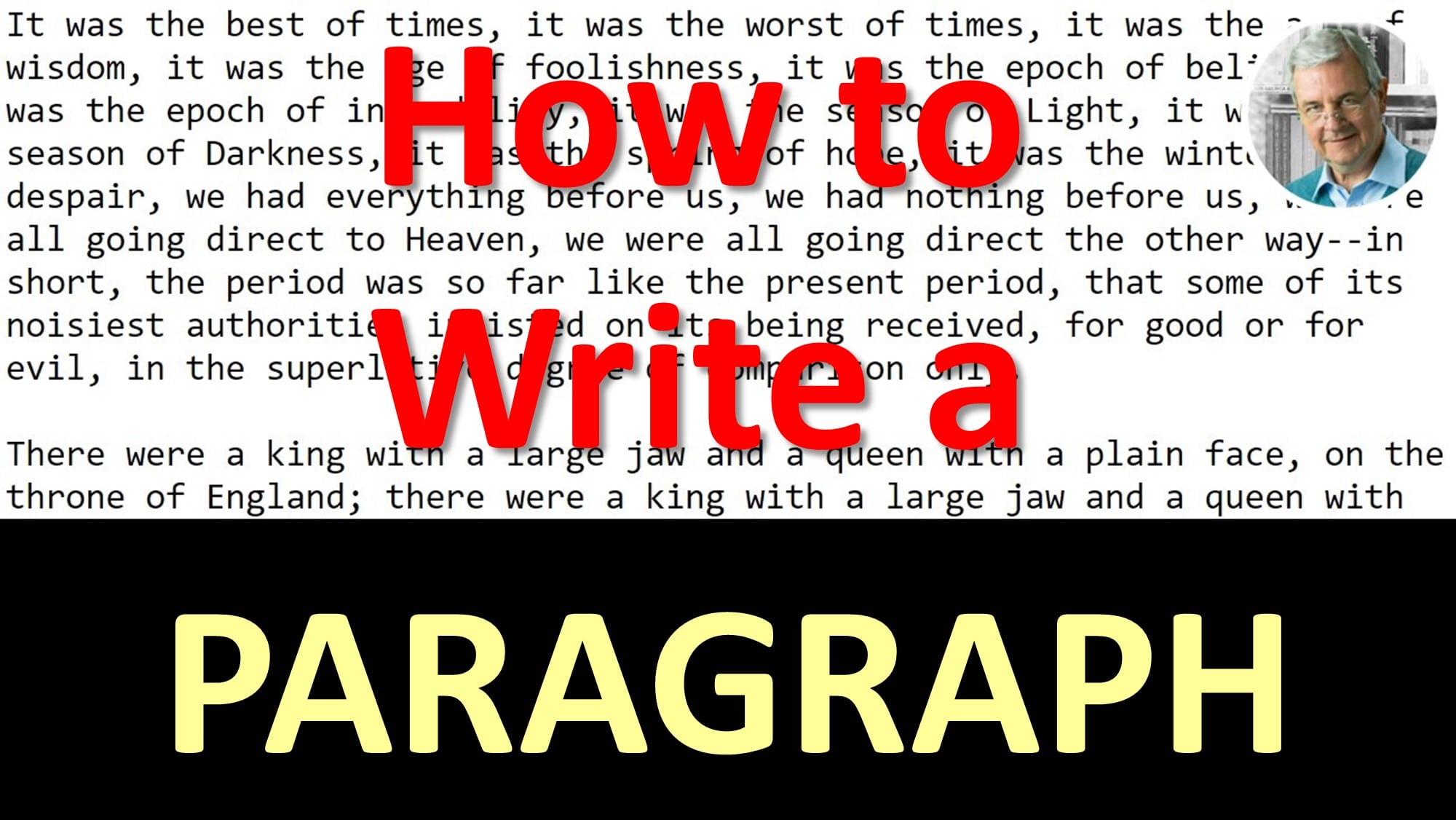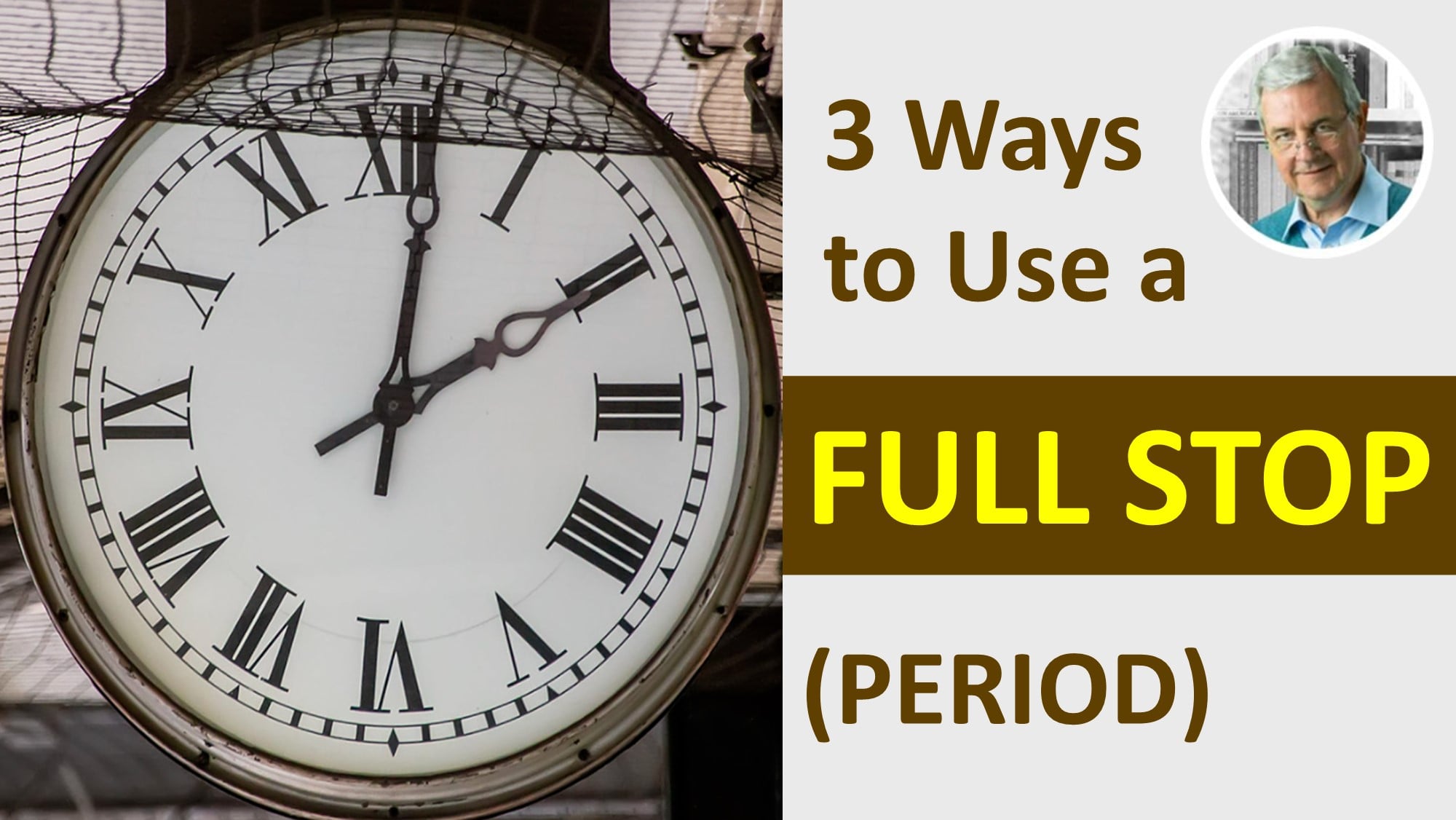How to Use SQUARE BRACKETS
How to Use SQUARE BRACKETS – Punctuation Guide
There is sometimes confusion between square brackets and parentheses, (sometimes called round brackets).
This video explains the difference and then provides 4 illustrated examples. The last example shows an important use of square brackets.
As the video plays, be sure to focus for a second on the picture, and then listen to the sentence example. This will help your understanding and memory.
Here is a transcript of the video “How to Use Square Brackets” . . .
Slide 2:
Note: The use of SQUARE BRACKETS is quite different from ROUND BRACKETS also called PARENTHESES ( ).
Parentheses are used to insert additional information in a sentence which is not essential to the meaning of the sentence.
SQUARE BRACKETS [ ] are used to make text clearer and to indicate words that have been added by someone other than the original author.
There is also a special use of Square Brackets we will explain later in the video . . .
Slide 3:
How to use square brackets in a sentence –
Notice in the following examples how the information in brackets makes the meaning of the sentence clearer and indicates also the words have been added by someone other than the author . . .
Slide 4:
L’HEURE DORÉE
“It is the hour [in French the ‘golden hour’] before the sun sets, when the light is very warm, the shadows are long, and the whole world takes on a certain romantic quality.”
Slide 5:
This photo is entitled “Watch the Gap” [between the train and the platform].
Times Square / 42nd Street Station after Midnight – December 2005 – New York City, USA
Slide 6:
This photo was taken during Vivid Sydney, an annual festival of light, music and ideas, when buildings are lit up around the city [Sydney, Australia].
Slide 7:
A special use of square brackets is with the grammatical device [sic].
The Latin word sic means ‘thus’ and it is used to indicate that an error in the original writing is intentionally quoted exactly as it was written. ‘Sic’ is usually italicized and put in square brackets directly after the error – [sic].
When reading a text, [sic] is not normally read out loud.
For example, The New York Daily News ran an article about a T-shirt manufacturer who intentionally used the word YOUR incorrectly, instead of the YOU’RE contraction. The insertion of [sic] right after the word indicates incorrect grammar which appears in the original text . . .
Slide 8:
T-Shirt by WET SEAL
The company is selling a T-shirt for girls with the following grammatically incorrect sentence written in shiny silver print: “If your [sic] single, so am I.”
Credit story and image:
New York Daily News
Fair Use
https://www.nydailynews.com/life-style/fashion/wet-seal-hawking-grammatically-incorrect-single-t-shirts-error-appears-intentional-article-1.150365
Slide 9:
In conclusion, remember round brackets or parentheses ( ) are used to include extra information in a sentence which is not essential.
However, you need to use SQUARE BRACKETS [ ] if you add words to someone’s writing to clarify and make the meaning clear.
Slide 10:
Has this video helped you? Hit LIKE now!
Slide 11:
Continually IMPROVE YOUR ENGLISH by subscribing to this channel.
Hit the subscribe button NOW!
Slide 12:
Click the bell icon and choose All to be notified when there are new videos!
Slide 13:
Build A Powerful English Vocabulary with my FREE course on Udemy!
Go to: http://goodenglish.online
Now you know how to use square brackets, pay special attention when you write. Here is another part of the Punctuation Guide:
When Do You Use CAPITAL LETTERS?
Image Credits:
Slides 1, 4 – sunset
Creative Commons
https://flic.kr/p/7Wp3SS
Slide 5 – subway
Creative Commons
https://flic.kr/p/9FtdPh
Slide 6 – Sydney
Creative Commons
https://flic.kr/p/9S8aab
Slide 8 – t-shirt
Fair Use
https://www.nydailynews.com/life-style/fashion/wet-seal-hawking-grammatically-incorrect-single-t-shirts-error-appears-intentional-article-1.150365
———————————————————————
Regarding the use of illustrations and photographs used in this video:
Fair Use
Section 107 of the Copyright Act provides the statutory framework for determining whether something is a fair use and identifies certain types of uses—such as criticism, comment, news reporting, teaching, scholarship, and research—as examples of activities that may qualify as fair use.
https://copyright.gov/fair-use/more-info.html
Creative Commons Attribution Licence
Others are allowed to copy, distribute, display, and perform copyrighted work – and derivative works based upon it if they give credit to the creator or source.
https://creativecommons.org/licenses/by/4.0/legalcode




